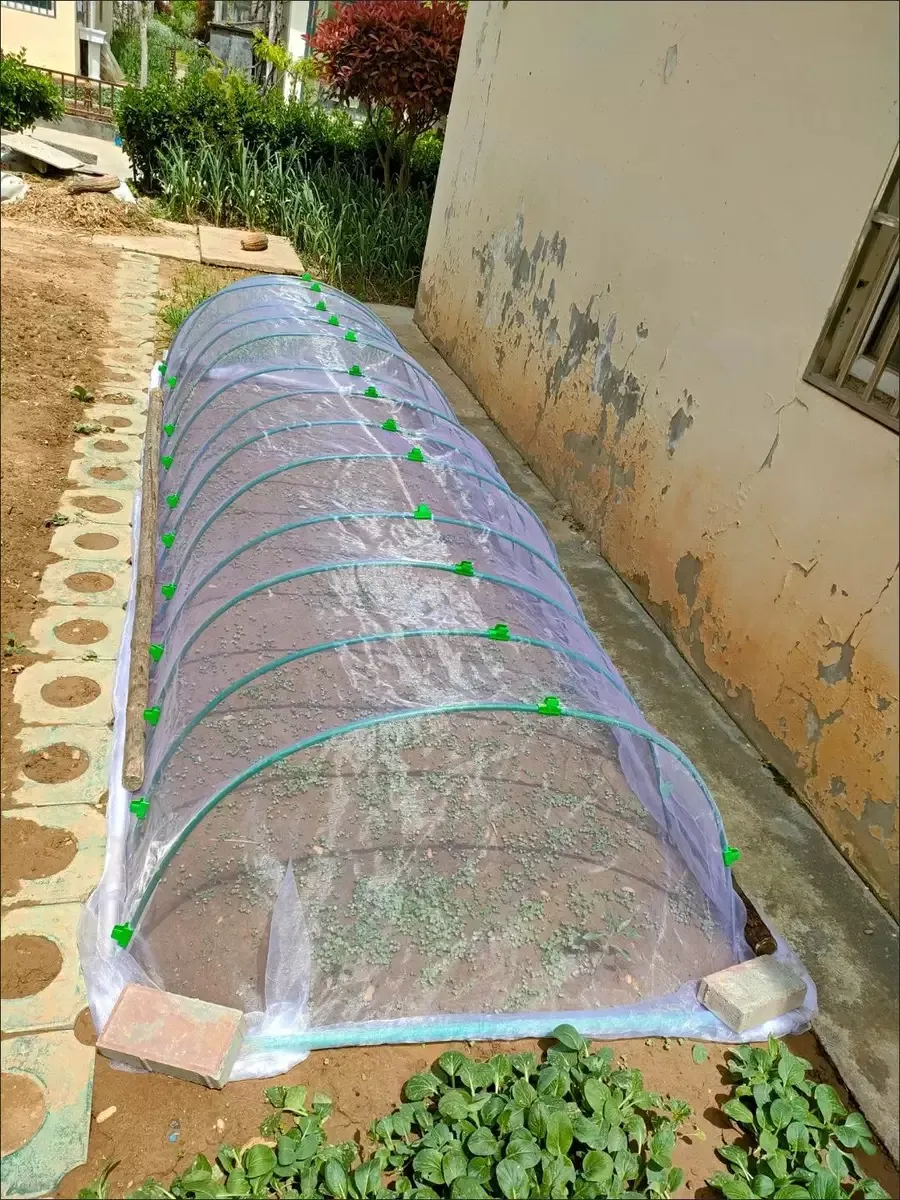-
 Afrikaans
Afrikaans -
 Albanian
Albanian -
 Amharic
Amharic -
 Arabic
Arabic -
 Armenian
Armenian -
 Azerbaijani
Azerbaijani -
 Basque
Basque -
 Belarusian
Belarusian -
 Bengali
Bengali -
 Bosnian
Bosnian -
 Bulgarian
Bulgarian -
 Catalan
Catalan -
 Cebuano
Cebuano -
 China
China -
 Corsican
Corsican -
 Croatian
Croatian -
 Czech
Czech -
 Danish
Danish -
 Dutch
Dutch -
 English
English -
 Esperanto
Esperanto -
 Estonian
Estonian -
 Finnish
Finnish -
 French
French -
 Frisian
Frisian -
 Galician
Galician -
 Georgian
Georgian -
 German
German -
 Greek
Greek -
 Gujarati
Gujarati -
 Haitian Creole
Haitian Creole -
 hausa
hausa -
 hawaiian
hawaiian -
 Hebrew
Hebrew -
 Hindi
Hindi -
 Miao
Miao -
 Hungarian
Hungarian -
 Icelandic
Icelandic -
 igbo
igbo -
 Indonesian
Indonesian -
 irish
irish -
 Italian
Italian -
 Japanese
Japanese -
 Javanese
Javanese -
 Kannada
Kannada -
 kazakh
kazakh -
 Khmer
Khmer -
 Rwandese
Rwandese -
 Korean
Korean -
 Kurdish
Kurdish -
 Kyrgyz
Kyrgyz -
 Lao
Lao -
 Latin
Latin -
 Latvian
Latvian -
 Lithuanian
Lithuanian -
 Luxembourgish
Luxembourgish -
 Macedonian
Macedonian -
 Malgashi
Malgashi -
 Malay
Malay -
 Malayalam
Malayalam -
 Maltese
Maltese -
 Maori
Maori -
 Marathi
Marathi -
 Mongolian
Mongolian -
 Myanmar
Myanmar -
 Nepali
Nepali -
 Norwegian
Norwegian -
 Norwegian
Norwegian -
 Occitan
Occitan -
 Pashto
Pashto -
 Persian
Persian -
 Polish
Polish -
 Portuguese
Portuguese -
 Punjabi
Punjabi -
 Romanian
Romanian -
 Russian
Russian -
 Samoan
Samoan -
 Scottish Gaelic
Scottish Gaelic -
 Serbian
Serbian -
 Sesotho
Sesotho -
 Shona
Shona -
 Sindhi
Sindhi -
 Sinhala
Sinhala -
 Slovak
Slovak -
 Slovenian
Slovenian -
 Somali
Somali -
 Spanish
Spanish -
 Sundanese
Sundanese -
 Swahili
Swahili -
 Swedish
Swedish -
 Tagalog
Tagalog -
 Tajik
Tajik -
 Tamil
Tamil -
 Tatar
Tatar -
 Telugu
Telugu -
 Thai
Thai -
 Turkish
Turkish -
 Turkmen
Turkmen -
 Ukrainian
Ukrainian -
 Urdu
Urdu -
 Uighur
Uighur -
 Uzbek
Uzbek -
 Vietnamese
Vietnamese -
 Welsh
Welsh -
 Bantu
Bantu -
 Yiddish
Yiddish -
 Yoruba
Yoruba -
 Zulu
Zulu
Effective Strategies for Protecting Your Plants from Hail Damage and Ensuring Healthy Growth
Plant Hail Protection Safeguarding Our Green Investments
Hailstorms can be devastating, wreaking havoc on crops and gardens alike. The damaging effects of hail can lead not only to the loss of plants but also to significant financial setbacks for farmers and gardeners. Therefore, understanding and implementing effective plant hail protection strategies is essential for preserving valuable green investments. This article explores the various methods and technologies available to shield plants from hail damage, ensuring a more resilient agricultural landscape.
One of the most straightforward protective measures against hail is the physical covering of plants. Using materials like nets, cloths, or specialized hail protection fabric can help buffer the impact of hailstones. These coverings absorb some of the energy from the hail and prevent direct contact with the plants. Fine mesh nets are particularly effective as they are lightweight, allowing for sunlight and moisture to penetrate while providing protection. Farmers and gardeners can choose to either drape these materials directly over their plants or construct permanent or semi-permanent structures, such as hoop houses or greenhouses that serve dual purposes – cultivation and protection.
Another innovative approach to hail protection is the use of hail-resistant crop varieties. Some agricultural research has focused on breeding plants that exhibit greater resilience to hail damage. These varieties possess thicker stems, tougher leaves, or modified growth patterns that help them endure harsh weather conditions. Farmers who choose to cultivate these resilient crops may mitigate potential losses caused by hailstorms, ensuring that their yield remains intact even in the face of adversity.
In addition to physical barriers and resilient plants, technological advancements are also making a significant impact on plant hail protection. The development of weather monitoring systems that provide real-time data regarding hailstorm activity allows farmers to make informed decisions about when to implement protective measures. By equipping their land with sensors that detect atmospheric changes, farmers can be alerted to hail threats and act quickly to cover their crops before a storm strikes.
plant hail protection

Moreover, insurance products tailored specifically for hail damage are becoming increasingly popular among farmers. Many governments and private organizations offer crop insurance that protects growers from financial losses due to hailstorms. By investing in insurance, farmers can safeguard their financial future and recover more quickly after experiencing crop damage from hail. This protection can be crucial, especially for those in hail-prone regions where storms are frequent.
Community-based strategies also play an essential role in improving plant hail protection. Farmers can collaborate and form cooperatives to share the costs of protective materials and resources. By pooling their efforts, they can create a network of shared protection that not only benefits individual farmers but also strengthens the agricultural community as a whole.
Finally, education and awareness are critical components of effective plant hail protection. Farmers and gardeners should stay informed about best practices for hail protection, scouting methods for timely action during hailstorms, and updates on the latest resilient plant varieties. Workshops, online resources, and agricultural extension services can provide valuable training on how to safeguard crops from hail effectively.
In conclusion, plant hail protection is a multifaceted issue that requires a combination of physical, technological, and community-based solutions. By investing in protective measures, resilient crops, and insurance, farmers and gardeners can shield their plants from the destructive effects of hail. The investment in such strategies may initially seem costly, but the protection they offer can lead to more sustainable agriculture and a greater return on investment in the long run. As climate patterns continue to evolve, enhancing our approach to plant hail protection will be more important than ever to safeguard our green investments.
-
Shipping Plastic Bags for Every NeedNewsJul.24,2025
-
Safety Netting: Your Shield in ConstructionNewsJul.24,2025
-
Plastic Mesh Netting for Everyday UseNewsJul.24,2025
-
Nylon Netting for Every UseNewsJul.24,2025
-
Mesh Breeder Box for Fish TanksNewsJul.24,2025
-
Expanded Steel Mesh Offers Durable VersatilityNewsJul.24,2025











